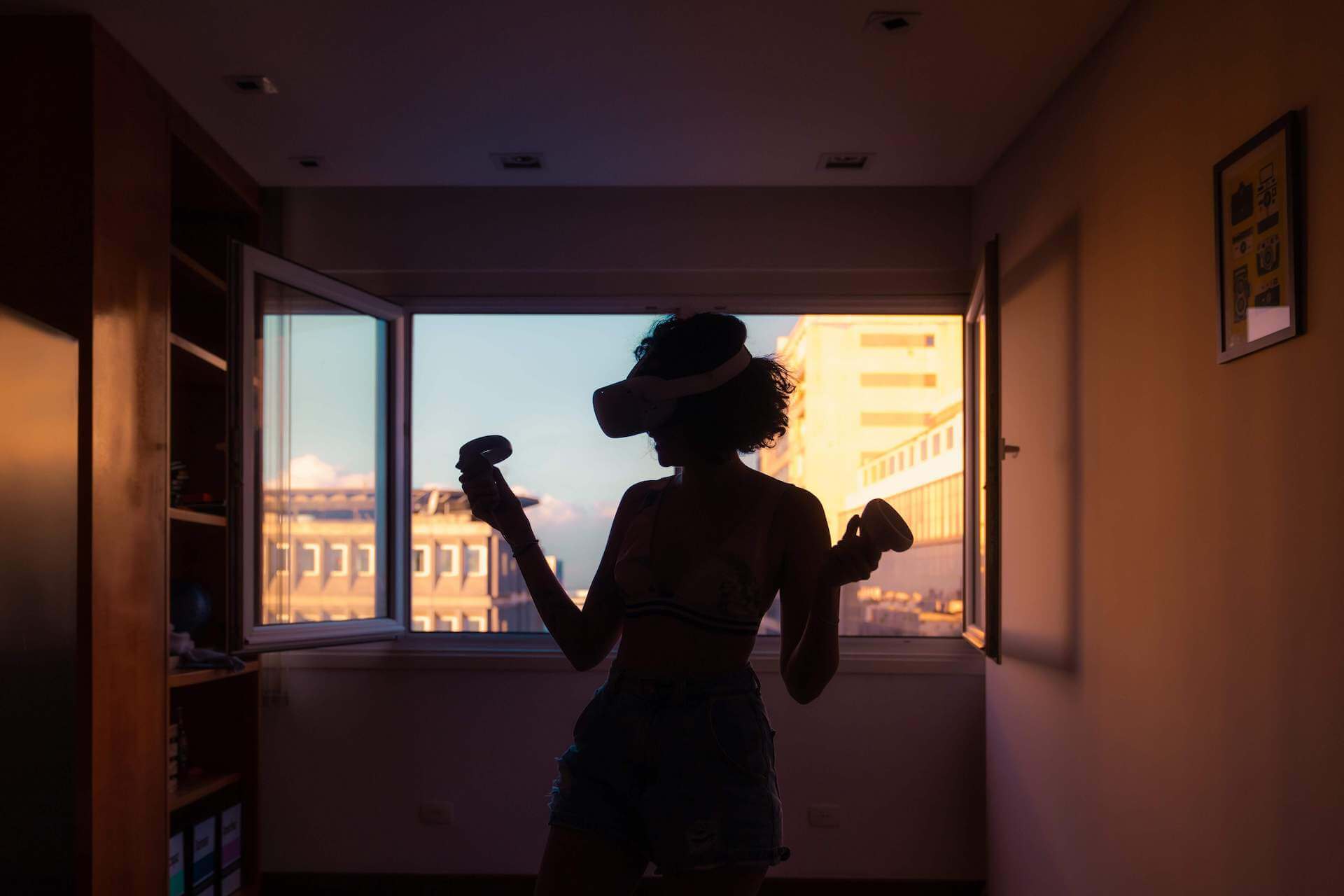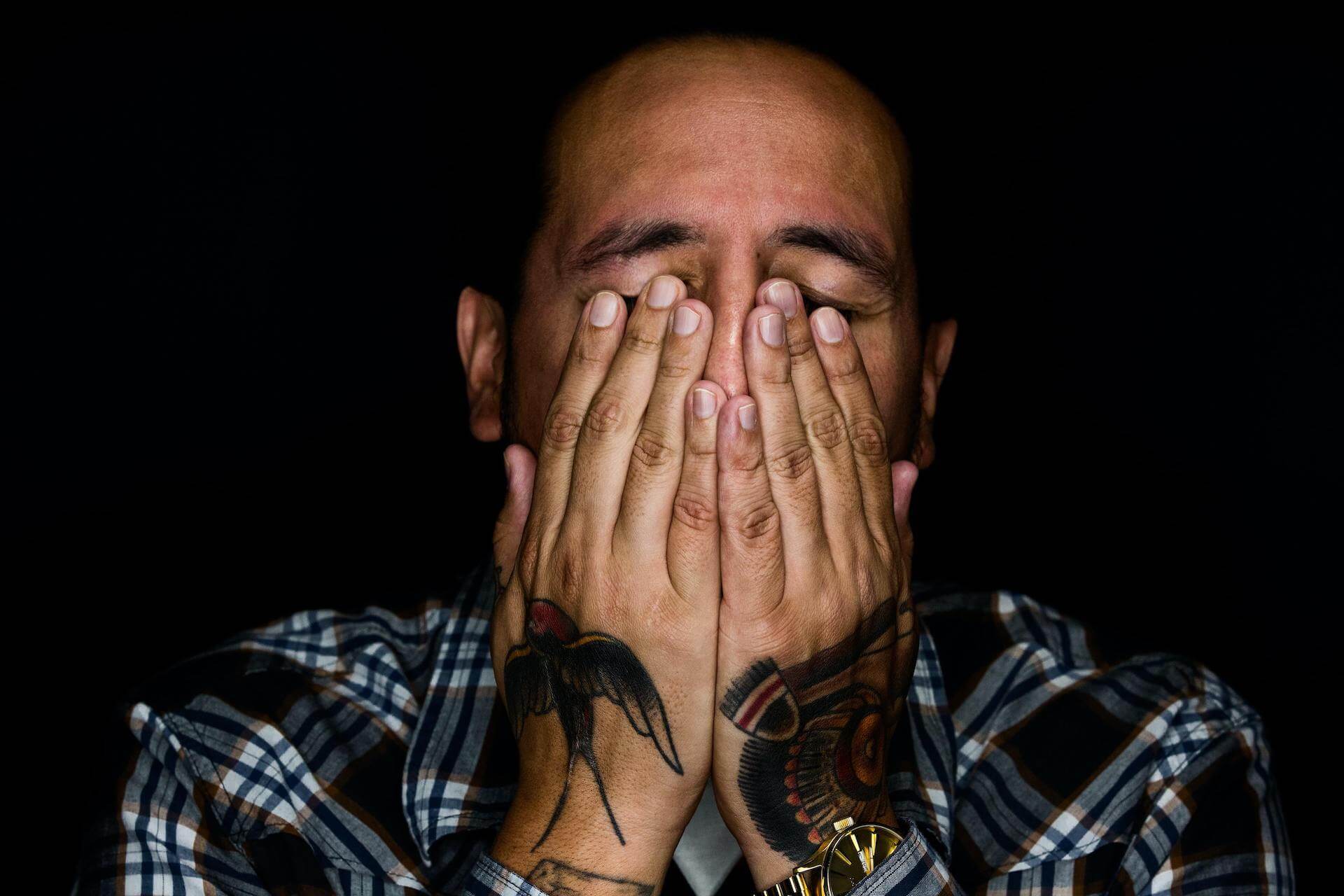When I was an undergrad earning a degree in telecommunication production, I learned of a saying in TV news: “If it bleeds, it leads”. This means the more violent or anxiety-provoking event is, it draws in more viewers.
If you are watching videos of mass shootings or other violent events on the news or online, you are making yourself more prone to developing (or worsening) depression, anxiety, and post-traumatic stress disorder (PTSD).
When you watch violent video of mass shootings and other violence, you increase your chances of developing vicarious traumatization. You are bombarding yourself with violent images while not being able to stop or help. This increases your chances of anxiety, depression, chronic stress, and insomnia. If you have PTSD, viewing these videos can cause an increase of symptoms such as flashbacks.
Repetitive viewing of violent news stories can increase fear and anxiety in viewers, and can even cause people to have increased health issues (Vasterman et al. 2005). In a study by Pfefferbaum, et al. (2014), viewing of disasters on television, particularly terrorism, can increase cases of PTSD, depression, anxiety, perceived stress, and even substance use.
In a study by Ahern et al. (2004), people who watched more television images in the seven days after 9/11 had more PTSD symptoms compared to people who had the least amount of viewing.
The traumatic effects of watching distressing images on the news can have a lasting effect. After the 2008 Sichuan Earthquake, adolescents who frequently watched earthquake imagery on the news had a higher rate of probable PTSD at a 6-month followup (Yeung, et al. 2016).
The solution?
- Stop watching these images. Don’t even keep the news on in the background in your home or office.
- Filter your news settings on your phone and browser.
- Let your media outlets know when the content you are viewing is beyond acceptable limits. There is a difference between reporting on an event and repetitively showing video of it.
- Take action. Volunteer in your community or become active in social awareness organizations. When we take action after viewing violence we can’t control, we regain a sense of control. Helping others also can decrease vicarious traumatization effects.
Originally posted at Psychology Today at: Watching Violent News Video Can Be Hazardous to Your Health






